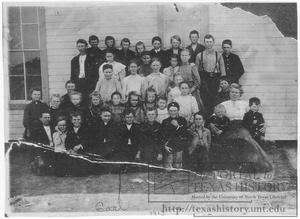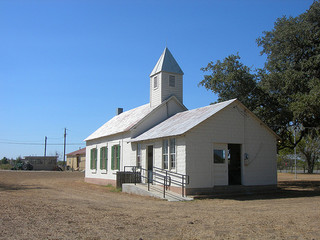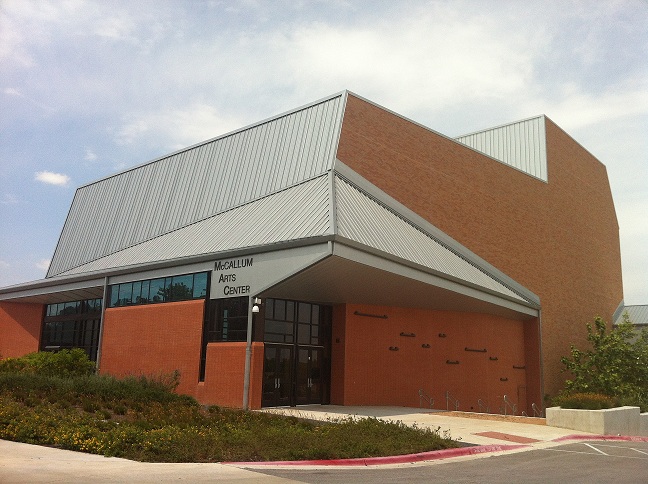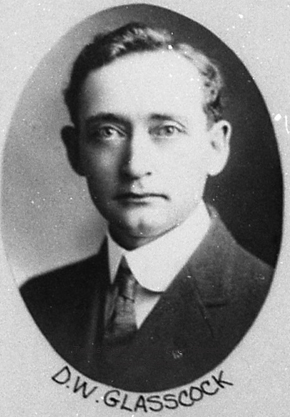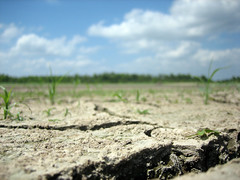Leading up to Halloween each year, we gather spookie stories and tales of ghostly hauntings that add to the aura of the Texas Capitol and the Lone Star State. Below you'll read about mysterious lights, a quack medicine doctor, and a man whose corpse was buried standing up.
From the Legislative Reference Library, we hope you have a fun and safe Halloween!!
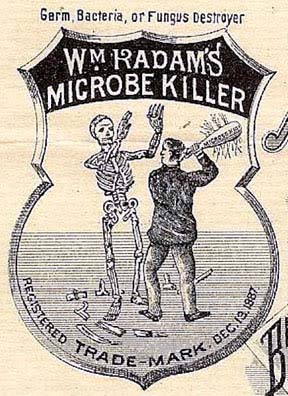
Radam's Microbe Killer
In the 19th century, death from tuberculosis, a.k.a. "consumption," was widespread and William Radam of Austin claimed to have a remedy. Perhaps Austin's original "weird" character, Radam, operated a seed store at 907 Congress Avenue, and developed, bottled, and sold "Radam's Microbe Killer." Although deemed a quack, sales of his "miracle cure" made him a wealthy man. The building at 907 Congress Avenue has been vacant for over 20 years; does his spirit linger, handing out samples of his microbe killer?
Ghosts in the Legislative Reference Library
This photo of the Capitol's Legislative Reference Library space shows the room as it appeared circa 1902-1907, when used for the Supreme Court Library. A ghost-like figure can been seen sitting at a table, near the door to a hidden staircase. It is reported that a "lady in red" frequents this staircase and the office above it, perhaps hoping to meet up with her lover who once worked in that office.
The Old Rock Store in Oak Hill
The Old Rock Store in Oak Hill has watched over travelers since 1898 when James Andrew Patton, Texas Ranger, and unofficial "mayor of Oak Hill" built the stone building to house his mercantile business. His daughter, Rosa Patton White, worked in the store after the untimely death of her Texas Ranger husband, John Dudley White, Sr., in 1918 at the hands of army deserters. Is Ranger White the mischievous ghost who inhabits the building (now home to Austin Pizza Garden) looking for his wife?

Foreboding in the UT Tower
Completed in the 1937, the University of Texas Tower has long been a landmark on the Austin skyline, but it is also notorious for other reasons -- the construction worker who fell to his death, a number of suicides, and the most infamous event of all, the 1966 tower shootings by Charles Whitman. Some visitors report general feelings of foreboding and claustrophobia, as well as encountering cold spots in the stairwell. Many believe Whitman, himself, is the spirit who turns lights on and off.

Mysterious Lights Near Bailey's Prairie
James Briton "Brit" Bailey was a larger than life character who settled in Stephen F. Austin's colony. He let it be known that when he died, he wanted to be buried standing up, facing west, with his gun, powder horn, rifle balls, and a jug of whiskey. Legend says all but one of those requests was carried out. An unexplained light is seen from time to time near Bailey's Prairie on Highway 35 between Angleton and West Columbia. Perhaps it's just old Brit and his lantern searching for that whiskey jug.
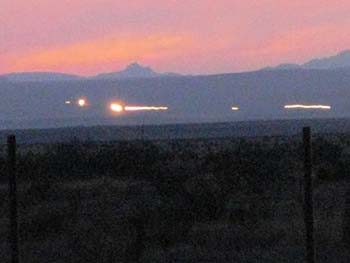
The Lights of Marfa
Strange lights have been reported between Alpine and Marfa, across Mitchell Flat with the Chinati Mountains as a backdrop since the 1880s. They appear in various colors as they move about, disappear and reappear. Some believe the logical explanation is car headlights from U.S. 67, while others point to a natural, scientific explanation. A legend persists that Alsate, the last Apache chief who lived in the area, is lighting watchfires. The lights are definitely there but for what reason?

Legends of Enchanted Rock
Various Indian tribes have held Enchanted Rock in both religious awe and supernatural fear. Their legends speak to attempts to explain the natural phenomena they saw. Noises and lights were attributed to a great devil trapped in the rock or various other spirits who linger, such as the last of a tribe's warriors who fought to their end here. Indentions on the rock's summit are the footsteps of a doomed chief forced to walk the rock forever as a punishment for the sacrifice of his daughter.
More Enchanted Rock Tales
In an 1834 letter, W.B. Dewees said of Enchanted Rock, "The Indians have held it sacred for centuries, and go there once a year to worship it. They will not permit any white person to approach it." In the fall of 1841, Captain John Coffee "Jack" Hays, singlehandedly held off a party of Comanches because the band would not pursue Hays when he climbed to the rock's summit. Cover image by J.W. Remington Photographics
This entry was posted on October 24, 2016 at 1:29 PM and has received 3169 views.
Print this entry.



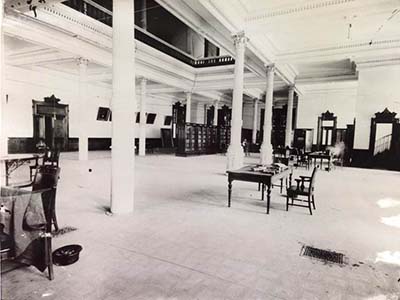
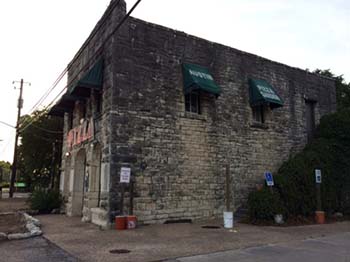





 The story of Santa Anna's wooden leg begins in 1838 with the brief conflict between Mexico and France known as the "Pastry War." Angry about unpaid Mexican debts incurred during the Texas Revolution, French officials demanded compensation from the Mexican government, including 60,000 pesos for damage to a bakery owned by a French pastry chef. Mexico refused to respond to the ultimatum for payment, and the French navy answered with a blockade of key Mexican ports. The "Pastry War" was born.
The story of Santa Anna's wooden leg begins in 1838 with the brief conflict between Mexico and France known as the "Pastry War." Angry about unpaid Mexican debts incurred during the Texas Revolution, French officials demanded compensation from the Mexican government, including 60,000 pesos for damage to a bakery owned by a French pastry chef. Mexico refused to respond to the ultimatum for payment, and the French navy answered with a blockade of key Mexican ports. The "Pastry War" was born.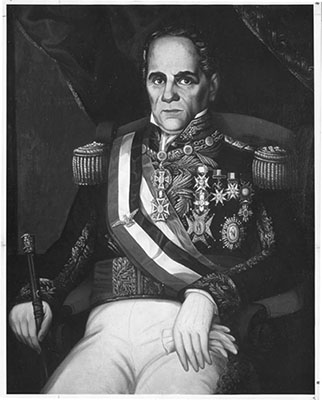 With his victory against the French, Santa Anna was able to rise again to prominence in Mexico - after all, he had sacrificed a limb for his country. In 1842, his countrymen elevated him to the presidency again. As if to remind his country of his sacrifice, the shriveled leg was exhumed, paraded to Mexico City in an ornate coach, and buried in an elagant state funeral.
With his victory against the French, Santa Anna was able to rise again to prominence in Mexico - after all, he had sacrificed a limb for his country. In 1842, his countrymen elevated him to the presidency again. As if to remind his country of his sacrifice, the shriveled leg was exhumed, paraded to Mexico City in an ornate coach, and buried in an elagant state funeral.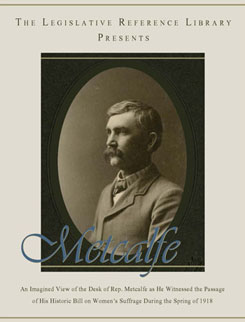
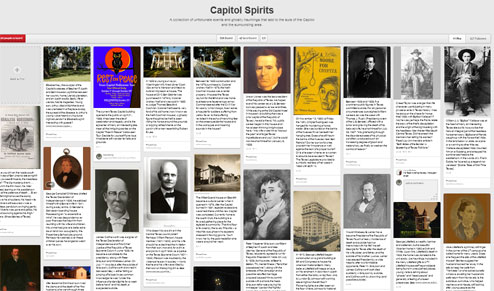
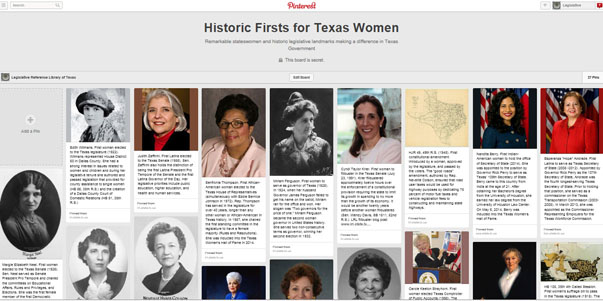
 Here are some related resources in the Legislative Library's collection.
Here are some related resources in the Legislative Library's collection.